
Process Control and Instrumentation - Engineering
Q1: For a feed back control system to be stable, theA roots of the characteristic equation should be real.
B poles of the closed loop transfer function should lie in the left half of the complex plane.
C Bode plots of the corresponding open loop transfer function should monotoni-cally decrease.
D poles of the closed loop transfer function should lie in the right half of the complex plane.
ANS:B - poles of the closed loop transfer function should lie in the left half of the complex plane. For a feedback control system to be stable, the correct statement is: Poles of the closed-loop transfer function should lie in the left half of the complex plane. Here’s an explanation of each option:
|


For help Students Orientation
Mcqs Questions
One stop destination for examination, preparation, recruitment, and more. Specially designed online test to solve all your preparation worries. Go wherever you want to and practice whenever you want, using the online test platform.

